STEEMIT CRYPTO ACADEMY | SEASON 4, WEEK 1: BLOCKCHAIN TECHNOLOGY AND THE INTERNET OF THINGS (IOT)
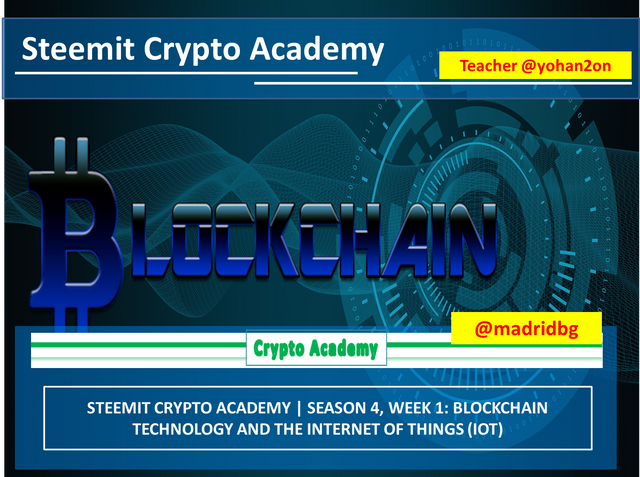
Authored by @madridbg, via Power Point 2010, using public domain images. Pete Linforth
Greetings and welcome dear readers of the #steemitblog platform, with this publication we start our participation for the fourth season of the training courses promoted from the #SteemitCryptoAcademy community.
In this sense, this publication seeks to address the use of the internet of things, under a new vision based on blockchain, which allows to generate new aspects of security and stability to the already known processes and that we will discover in the body of this work.
BLOCKCHAIN AND THE INTERNET OF THINGS AT A GLANCE

In order to fully understand the approach requested by the Professor, it is necessary to remember some fundamental aspects of blockchain and the Internet of Things, which we will describe below:
1. About the Blockchain.
To talk about blockchain is to refer to a technological mechanism that emerged in 2008 with a publication made by Nakamoto, although the identity of this character is unknown, it allowed us to apply a new protocol based on the processing of data in a decentralized way and whose maximum exponent is the Bitcoin.
Methodologically the blockchain is an open source system, with a public and immutable database, whose transactions are kept in a ledger that we know as blockchain, although it was initially developed with the premise of storing the history of transactions, over the years it has assumed great importance due to the potential and properties it presents.
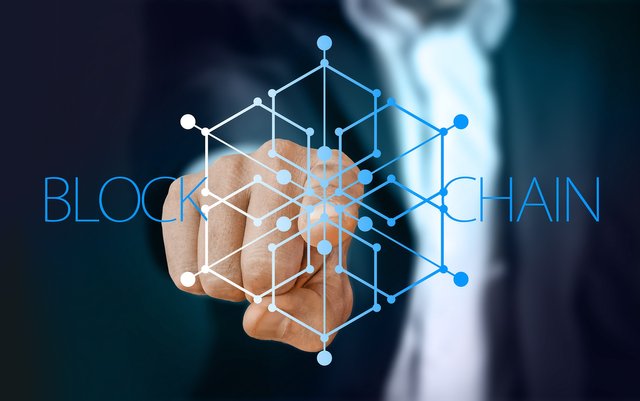
Fig. 2. Blockchain as a process for the technological future. Author: Gerd Altmann
2. About the internet of things.
The term Internet of Things (IoT) was first coined in 1999 by Kevin Ashton, the same refers to a system in which common objects in the physical world are connected by sensors to the Internet network, this term has generated a growing popularity today due to the computing power that could generate and the large number of devices that would exhibit connectivity at this time in history.
Under this conception, the IoT allows providing an infrastructure that seeks to overcome physical barriers, granting a certain degree of autonomy to everyday technological equipment connected through wireless network sensors, increasing the efficiency of the equipment, while its operation, characteristics and overall useful life could be evaluated.
THE FUTURE OF THE INTERNET OF THINGS IN VIEW OF THE USE OF BLOCKCHAIN (THEORETICAL BACKGROUND)

As we have already mentioned, the Internet of Things seeks to connect a large number of devices to a pre-established network, which implies an abysmal data processing that would be difficult to support for servers or any cloud storage, in addition to this, security can be affected from any connected device which would end up compromising the entire network in a short time.
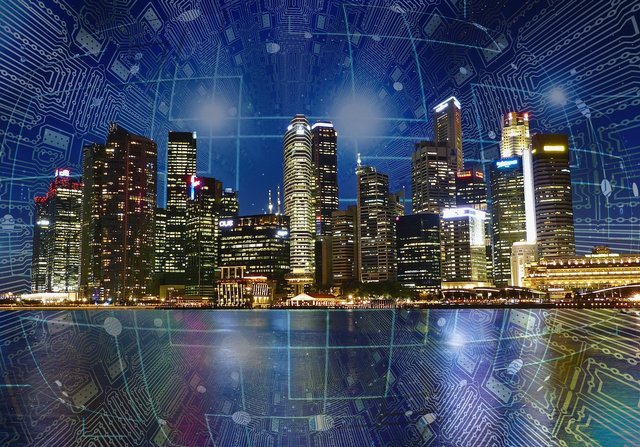
Fig. 3. The vision of the internet of things must be based on the management of blocks of content using blockchain technology. Author: Tumisu
An example of this is the recent attack on the twitter network and, according to specialists, it was carried out through the protocols and control of many networked devices using DNS from the provider DynDNS, which ended up leaving this brand, which has grown substantially in recent years, out of service for several hours.
Therefore, there are many challenges that the Internet of Things must meet and improve, one way to do this is through the use of blockchains that allows to generate transparency in processes, security in operations or connectivity, as well as greater fluidity in data processing, because the system is composed of nodes that can be replaced individually without compromising the system and therefore the network.
In such a way, that blockchains are the future of the internet of things, since it provides mechanism and processes of improvements that generates confidence to the user, among these processes stand out:
1. Decentralization, being a blockchain based on block distribution, it does not depend on a central governance, on the contrary, the fundamental premise is a better data management, where operations are carried out through a general advice of the users or participants of the network.
2. Trust, being an open encrypted and decentralized process, it offers the opportunity to see the different transactions that are executed between users, as well as in number of data that will be handled through the implementation of IoT processes supported by blockchain, generated a process of permanent record of each decision taken, informed and executed.
3. Increased storage space, thanks to the immutability of data, blockchain-based technology, will give greater breadth for Big Data, generating greater applicability of the information provided by each device connected to the IoT network, generating updates and procedures recorded and unbreakable.
4. Traceable processes, as we have already described, each data, block, information or procedures can be easily detectable, hence the trust generated by this type of process.
5. Security, from my way of seeing things in a critical point that would improve with the use of blockchains in IoT process and which is a guarantee of a promising future for this type of technology, where the process can be variable and where a new layer is exposed to the security used today.
Undoubtedly, blockchain would provide great contributions to the implementation of the internet of things, hence I dare say that the future is under a combination of these new technological approaches, which complement each other generating better and more efficient processes.
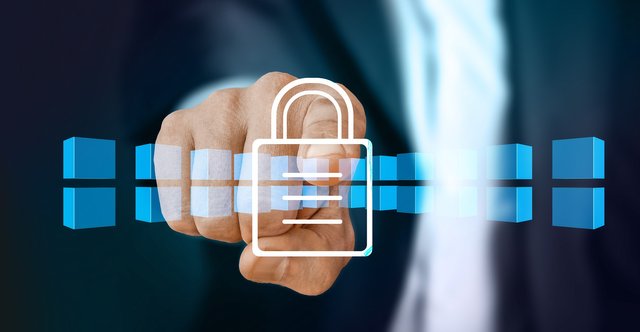
Fig. 4. The future is based on blockchain. Author: Gerd Altmann
CONTENT ASSOCIATED WITH THE USE OF IoT IN BLOCKCHAIN

In this section of the subject, we will deal with the Filamento project, which allows us to show the behavior of the use of IoT under the perspective and support of blockchains, which we will describe below:
1. Filament.
Filament is an organization that has focused its capital on the use of blockchain as a mechanism that enables connectivity and data processing in the internet of things, it is located in Reno Nevada and together with a multidisciplinary team from the University of Nevada, they design hardware and software supported by blockchain and that can be integrated into IoT processes.
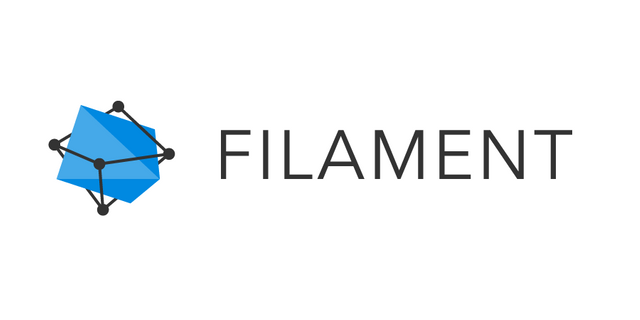
Fig. 5. Representative logo of Filament Company. Author: criptonoticias
Currently, they already share the "Blocket" technology in order to maintain some autonomy in the equipment by safeguarding and securing the data processing, from the sensors to the network.
Among some of the applicability of this type of technology is to provide some autonomy to vehicles generating an intelligent mobility for them, for this the company has presented a project based on modifying the infrastructure of transport routes, adding the necessary sensors to keep connected and constantly monitoring each computer or device associated with the network, which allows to develop an improved security ecosystem from the efficiency of blockchain, so they have managed to generate more fluid communications between devices associated with the IoT.
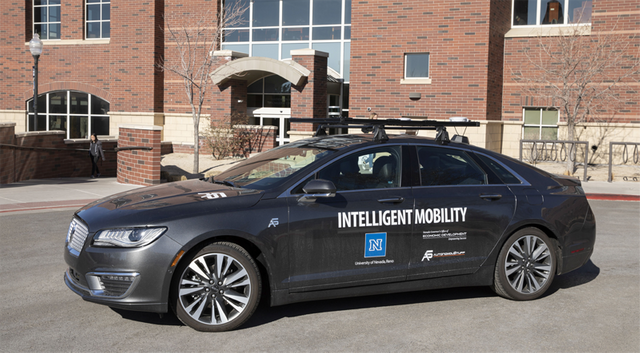
Fig. 6. Prototype vehicle based on the use of IoT processes in blockchain, powered by filament. Author: esmartcity
According to the company's vision, the Blocket-based tool is already implemented in USB and microchip, which allows the development of blockchain functions in any device, the same to be present in vehicles and sensors implanted in transport routes, provides a reliable and immutable record of all processes that occur along the way in terms of vehicular traffic, in other words, under the data flow equipment acquire better and safer learning.
FINAL CONSIDERATIONS

As we can observe and analyze along these lines of writing, the internet of things is a process that seeks greater interaction between devices, people and the environment, generating a network that keeps us interconnected regardless of place or time, so there are still looming biases in this innovation, however, many of these deficiencies can be remedied through the use of blockchain, providing the possibility of generating a dynamic, secure, immutable and transparent process that allows to bring confidence to users.
So that the approach of the blockchain facing the future of IoT, would generate greater transparency in the procedures performed, robustness and increasing scalability in the number of blocks that make up the network. In this sense, we can assume that these are technological processes with an enormous potential that will be correlated over time.
BIBLIOGRAPHIC MATERIAL CONSULTED

[1] Bonilla y col. IOT, THE INTERNET OF THINGS AND THE INNOVATION OF ITS APPLICATIONS. ISSN: 2448-5101 Year 2 Number 1. Article: Online Access
[2] Jorge Eterovic; Marcelo Cipriano; García, Edith; Luis Torres. Security in Internet of Things using Blockchain solutions. Institute for Research in Science and Technology. University of Salvador. Article: Online Access
[3] Moisés Barrio Andrés. INTERNET OF THINGS. Editorial Reus, S. A. 1st edition REUS, S.A. (2018). ISBN: 978-84-290-2038-0. Legal Deposit: M 4480-2018. Article: Online Access
OF INTEREST


#cryptoacademy #yohan2on-s4week1 #yohan2on #venezuela #steemexclusive #steemit #steemitblog #steemitcryptoacademy
Hi @madridbg
Thanks for participating in the Steemit Crypto Academy
Feedback
This is good work. Thanks for taking the time to research as you educate yourself on the integration of Blockchain and IoT with one of its prominent use-case "Filament."
Total| 9/10
Hello Professor @yohan2on I reiterate my thanks for this teaching as I was unaware of the operation that can generate us this great binomial between IoT and blockchain.
In addition to this I will seek to improve in the aspects mentioned and will continue working and uploading quality content, thanks for the assessment of my article. Regards